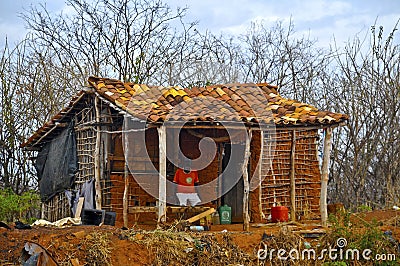Find results that contain all of your keywords. Content filter is on.
Search will return best illustrations, stock vectors and clipart.
Choose orientation:
Make it so!
You have chosen to exclude "" from your results.
Choose orientation:
Explore cartoons & images using related keywords:
ancient
animal
architecture
areas
backdrop
background
basic
building buildings ceramic clay combination construction daub daubed details developed dust engineering enginer favela fine grunge habitation historic home house impact important include lattice made making material mud native ncient old pise popular poverty precarious primitive process rare roof sand sky slave soilFavela House In Wattle-and-Daub Editorial Photo
Designed by
Title
Favela house in Wattle-and-Daub #15291301
Description
A classic and well shown exemplary of the construction technology of the wattle and daub (or wattle-and-daub), now considered ecologically modern, despite thousands of years known. Wattle and daub (or wattle-and-daub) is a building material used for making walls, in which a woven lattice of wooden strips called wattle is daubed with a sticky material usually made of some combination of wet soil, clay, sand, animal dung and straw. Wattle and daub has been used for at least 6,000 years, and is still an important construction material in many parts of the world. Many historic buildings include wattle and daub construction, and the technique is becoming popular again in more developed areas as a low-impact sustainable building technique. It is also strongly related to Chagas disease a tropical parasitic disease caused by the flagellate protozoan Trypanosoma cruzi. Chagas disease, also known as American trypanosomiasis, is a potentially life-threatening illness caused by the protozoan parasite, Trypanosoma cruzi (T. cruzi). It is found mainly in Latin America, where it is mostly transmitted to humans by the faeces of triatomine bugs, known as 'kissing bugs' , among other names, depending on the geographical area.
This image is editorial













